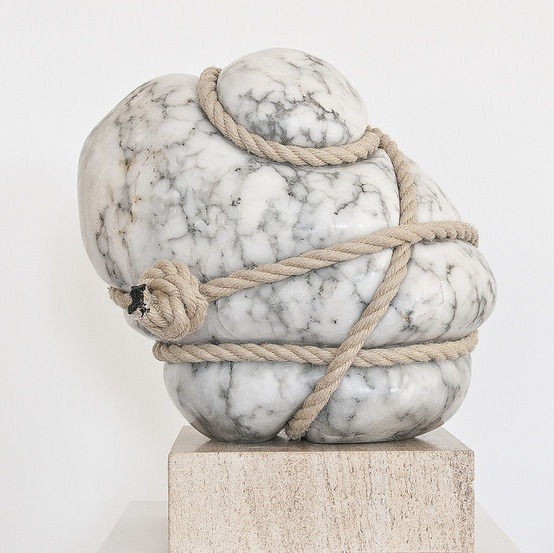
It's like stones just want to be monumental. They have this ingrained 'monumentality'. Providing you're tuned into their structural and aesthetic constraints, and are careful not to ignore the wonderful potential available to you in the material you're working with, there's a good chance you can make something impressively substantial.


We started with a selection of elongated cutoffs from the quarry and carefully banded them together, coaxing the form until the iconic mountain/castle shape finally emerged. It was a bit like working clay on a potter's wheel. There was that very real element of risk that it wouldn't work at all. To be sure, the success of this art installation came after much forethought and planning and then a period of just plain trial and error. The project was something of a battle to get our heads round, but in the end the stones won.





































